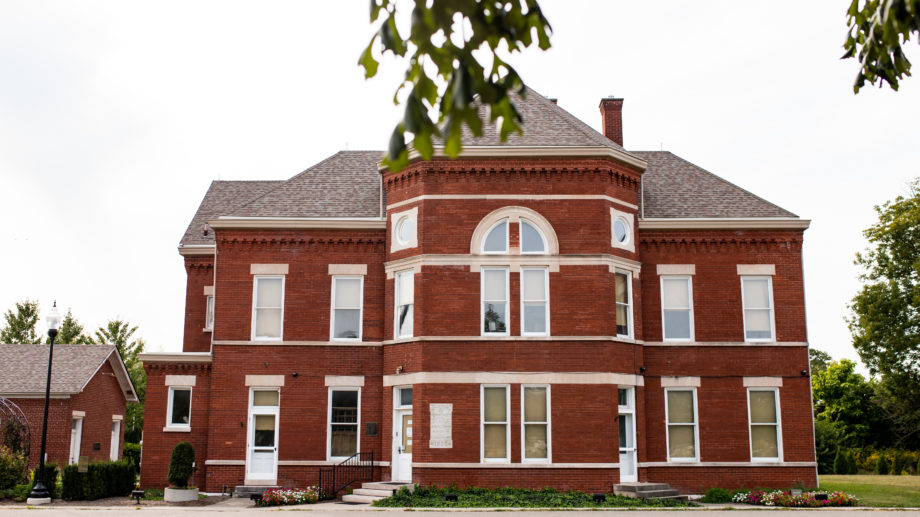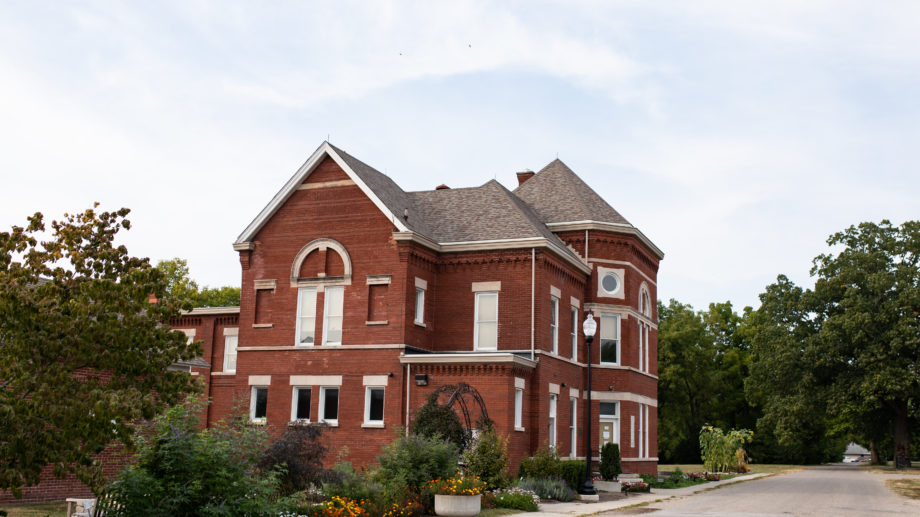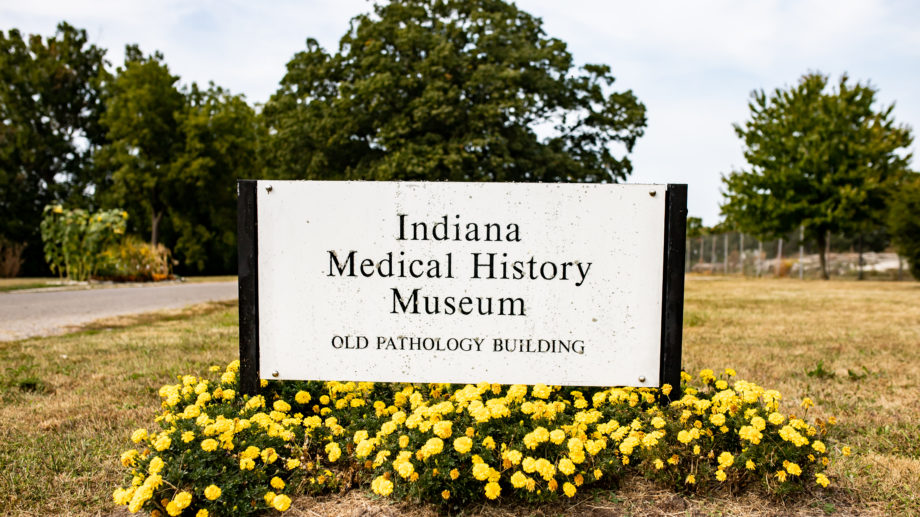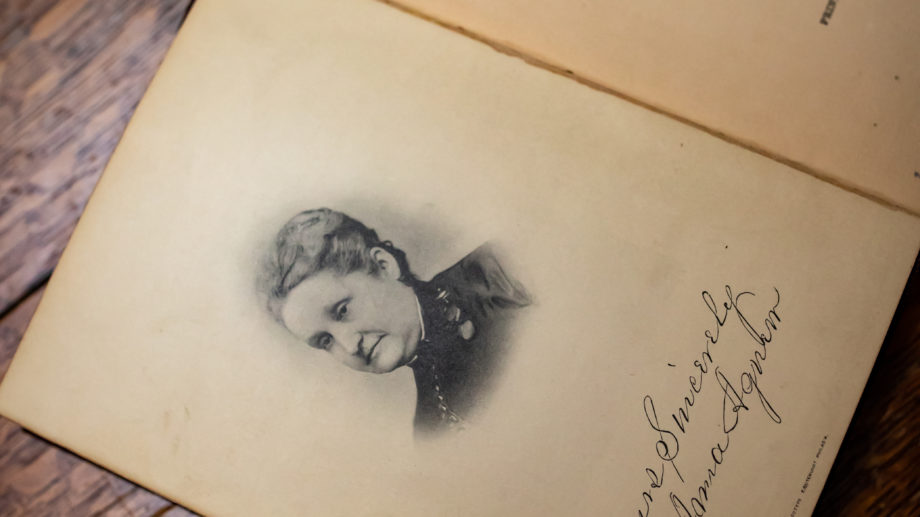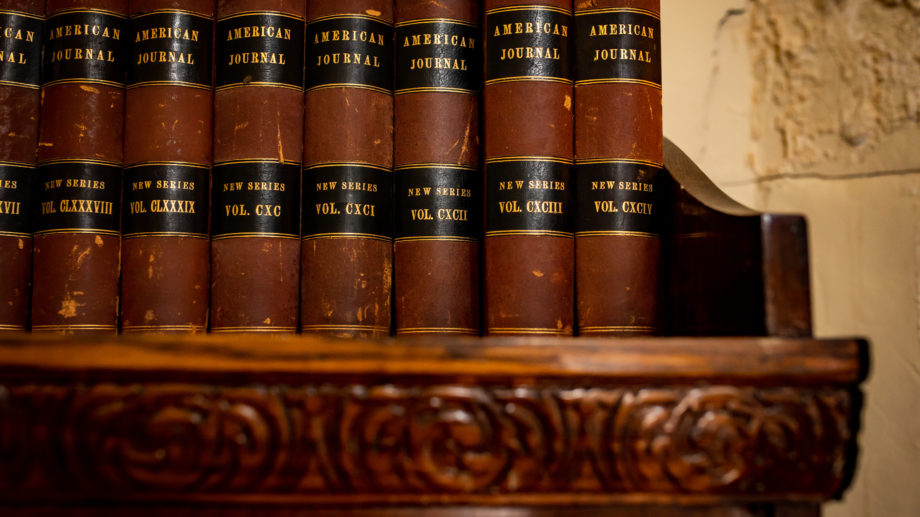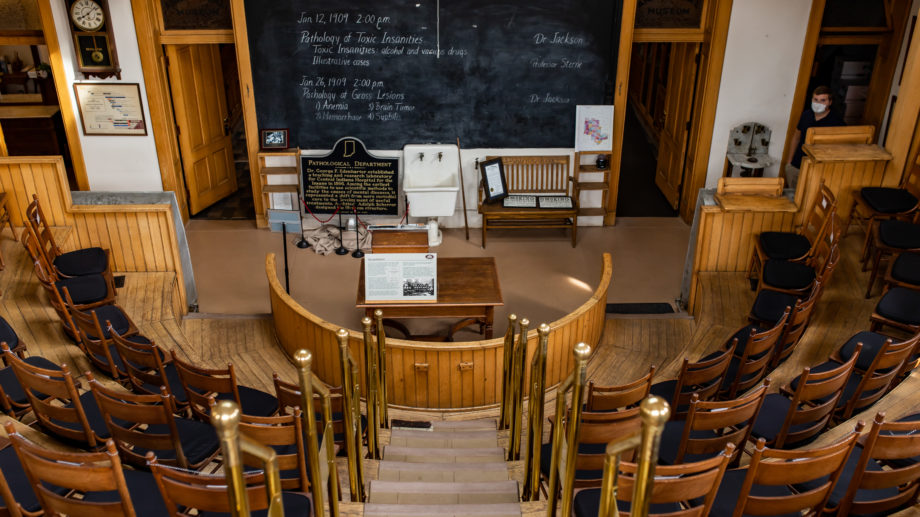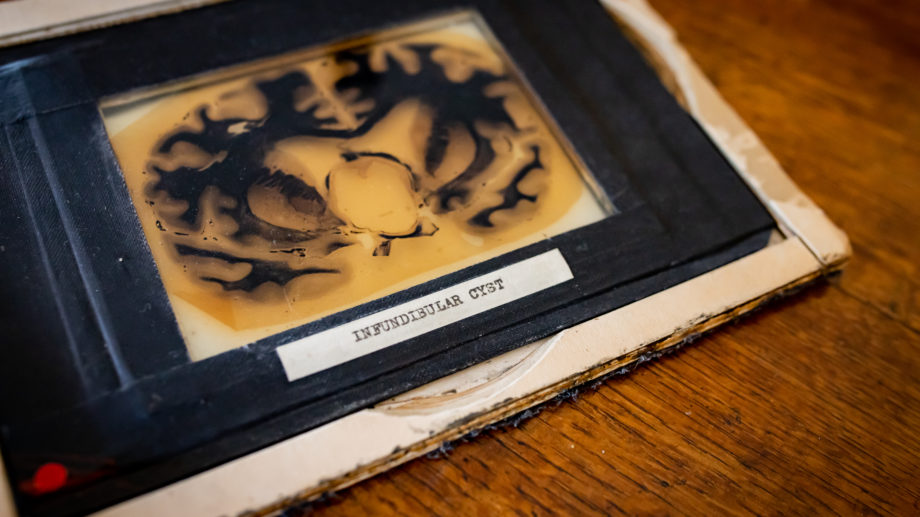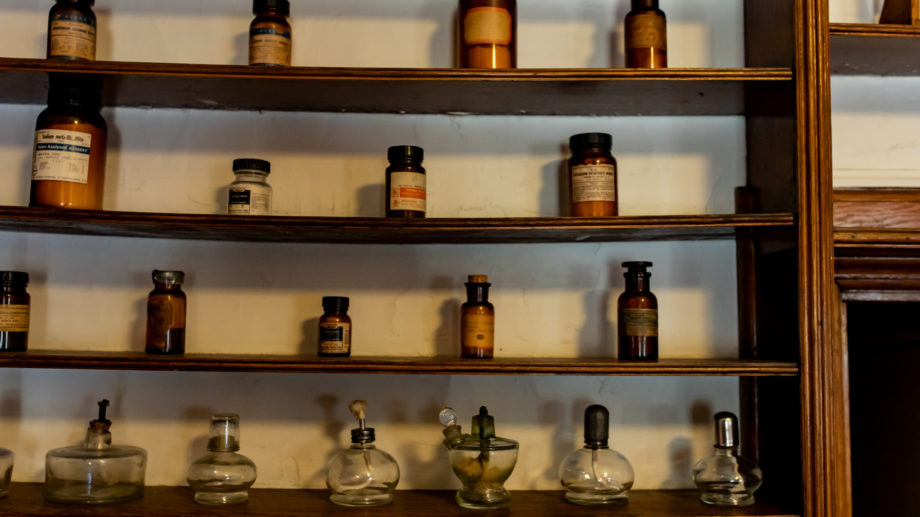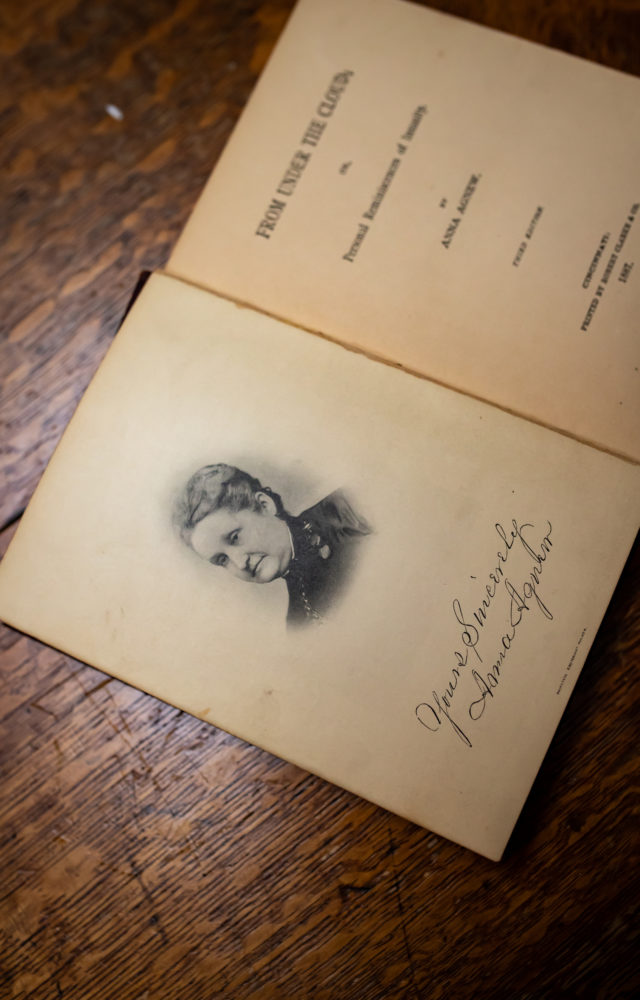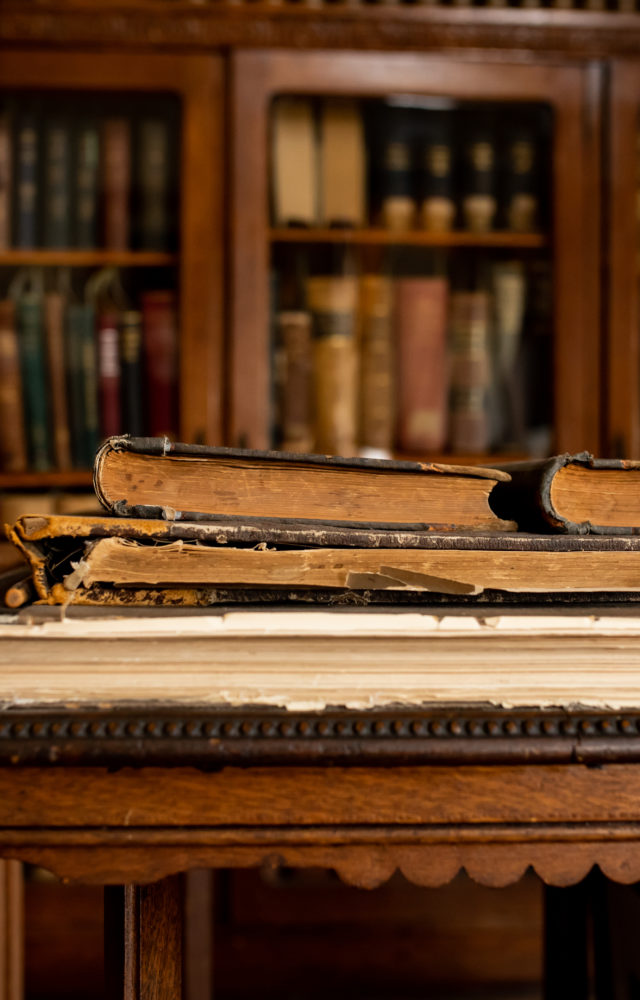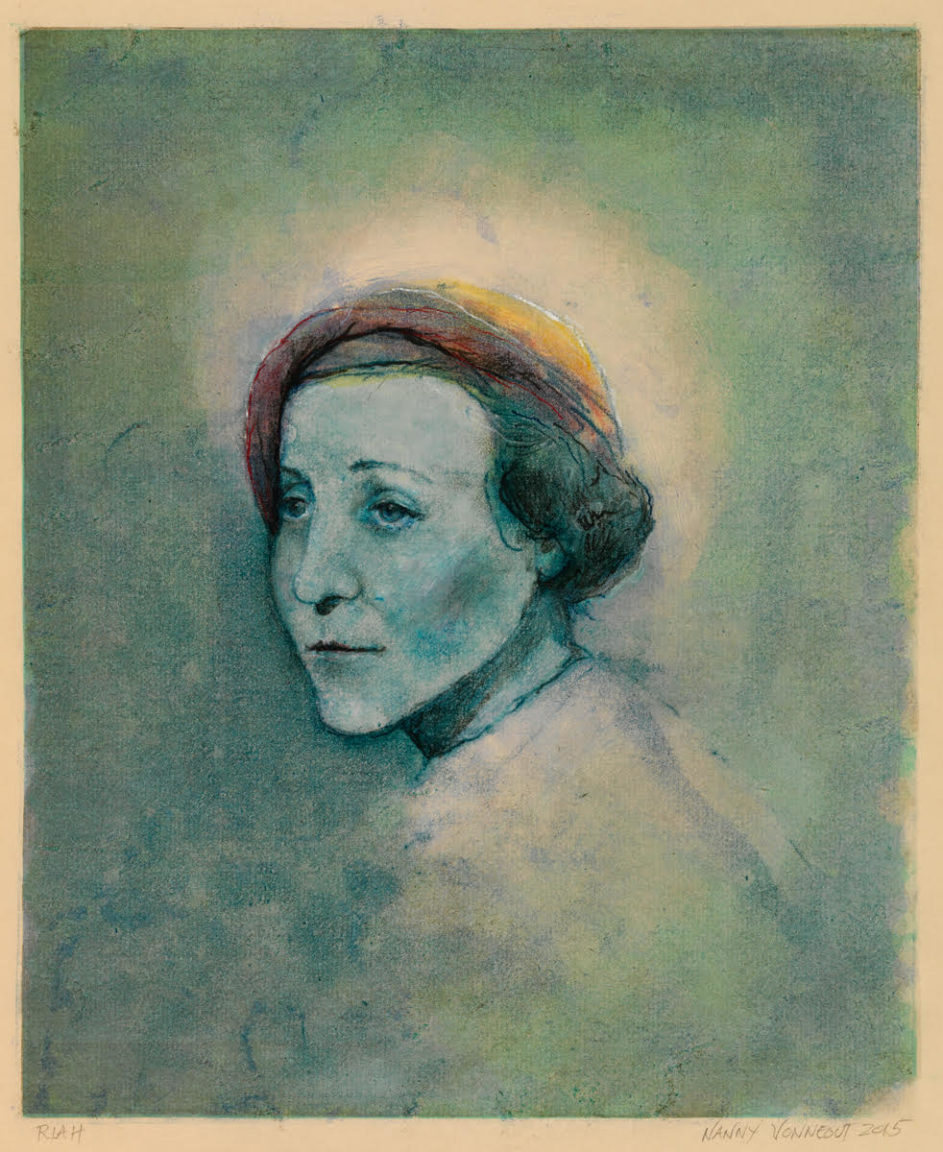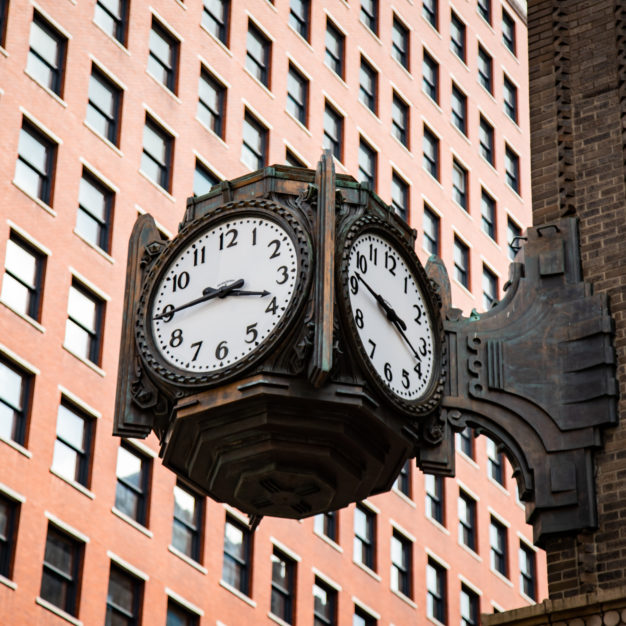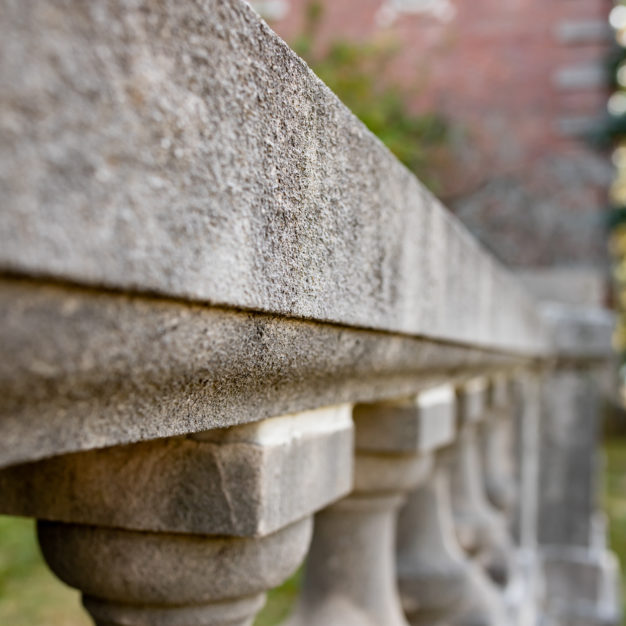Central State Hospital39.770091,-86.2154607,17
From 1848 to 1994, Central State Hospital, formerly the Central Indiana Hospital for the Insane, housed and treated psychiatric patients. In those nearly 150 years, several patients, including Anna Agnew, Riah Cox and Albert Thayer, wrote about their time spent in the residential hospital.
Authors
Anna Agnew
Riah Fagan Cox
Literary Inspiration
Multiple Works
From Under the Cloud
Published 1886
“I Remember Jones”
Written c. 1950
NOTES
Dig
Deeper
Nanette Vonnegut
Nanette Vonnegut, Riah Fagan Cox’s granddaughter, created this portrait of her.
CENTRAL STATE HOSPITAL
(Now Indiana Medical History Museum)
3270 Kirkbride Way
Indianapolis, IN 46222
The Indiana Medical History Museum is open for tours by appointment only.
Closest IndyGo Stop:
Michigan Street & Groff Avenue (Route 3)
How to Plan a Trip on IndyGo:
- Use the Trip Planner on IndyGo.net
- Use Google Maps (select “transit” as your travel method)
- Call IndyGo Customer Service at 317-635-3344
- Track your bus using the MyStop Mobile App
You can explore the former grounds of Central State Hospital at the Indiana Medical History Museum, which is located within the hospital’s Old Pathology Building. The Building is on the National Register of Historic Places. The Indiana Medical History Museum is open for visits by appointment only.

